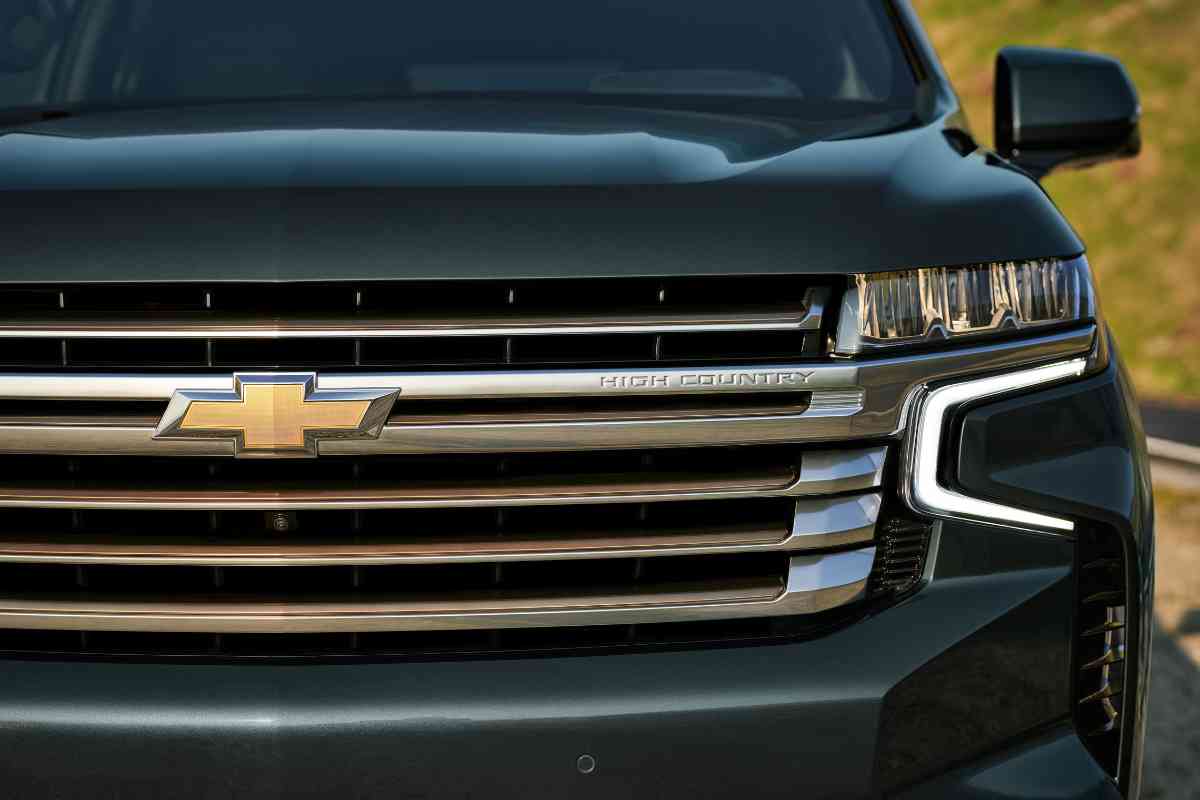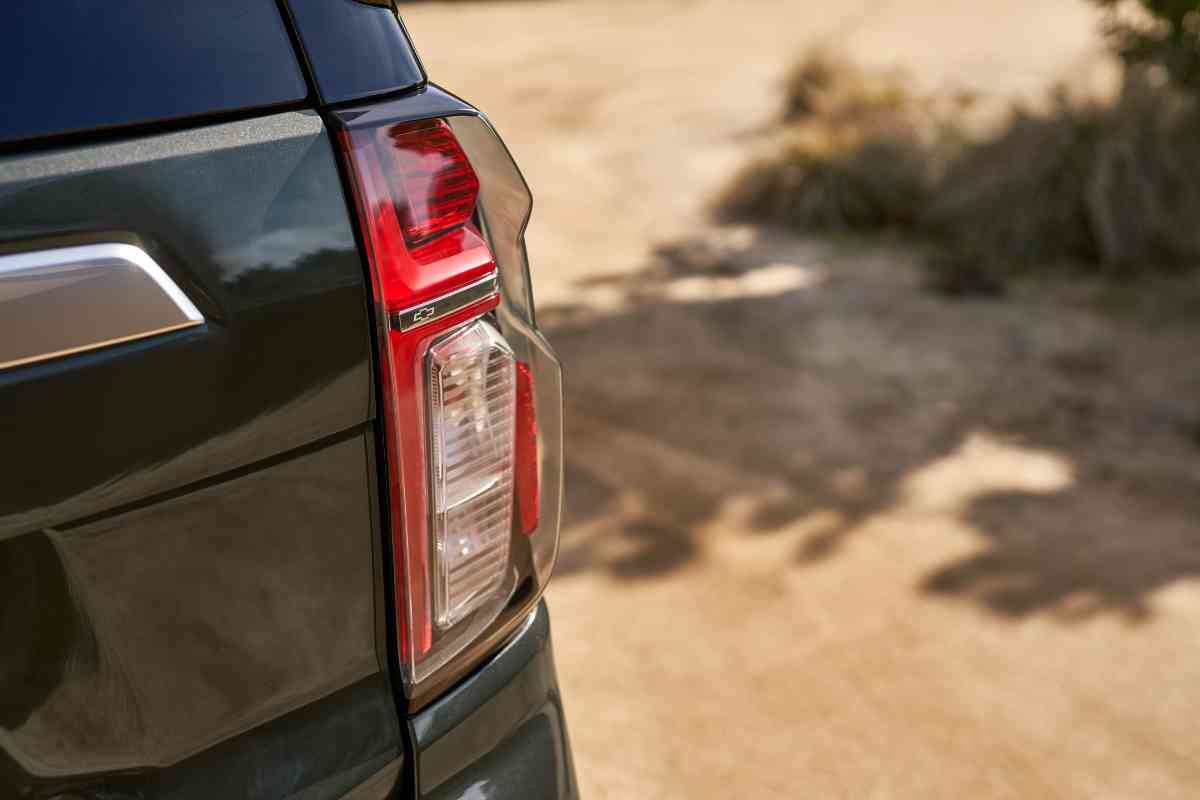The 6 Chevy Tahoe Years You MUST AVOID!
You’re considering purchasing a Chevy Tahoe, but you want to make sure you are researching before buying. Here are six Chevy Tahoe years to avoid and why.
The worst years for the Chevy Tahoe are 1999, 2004, 2005, 2007, 2011, and 2015 because each year had several recalls and consumer complaints. Primary issues are the air conditioning, transfer case failure, excessive oil consumption, engine coolant, and transmission issues.
The Chevy Tahoe has been the king of the full-size SUV market for almost three decades. Despite the popularity of this family mover, the Tahoe hasn’t had the best track record over the years. Constant complaints and recalls have led potential consumers to other brands.
If you are planning on purchasing a used Tahoe, it is best to loosen your wallet just in case your new Tahoe ends up in the repair shop.
What Are the Most Common Complaints Concerning the Tahoe?

The Chevy Tahoe has had several extensive issues that have forced the company to issue recalls in response to consumer complaints. The most common concerns are air conditioning, excessive oil consumption, leaking coolant, and transfer case issues.
Air Conditioning Failure
The American consumer doesn’t care for a vehicle that does not keep them cool on a hot day, and when the A/C doesn’t work, it’s a significant problem.
Owners for several years (but mostly in 2015) found that the air conditioning condenser would fail prematurely. Most of the time, these condensers stopped working around the 60,000-mile mark (which meant that the repair expense came out of customers’ pockets).
The average cost of the repair was around $1500. (The only trouble is that the condenser continued to fail every year or so – which meant more aggravation for owners).
Eventually, Chevy issued a repair with a cutoff line of fewer than 60k miles, which meant that many consumers had to pay for the repair(s).
The NHTSA reports that the 2015 Chevy Tahoe leads every year of Tahoe production with 16 recalls, so it is wise to avoid this year. The 2015 SUV suffered from many of the following issues besides having lousy air conditioning.
Excessive Oil Consumption
While it is normal for a vehicle to use a little oil between oil changes, the Tahoe guzzled it.
In 2007, Chevy discovered that the Tahoe’s engine was burning oil. While some dealerships tried to downplay the issue by telling owners that adding 3 quarts of oil or more between changes was expected, most customers didn’t buy it.
Unfortunately, the repair was often a replacement engine, and owners with more than 100k miles on their SUV were stuck with an enormous repair bill.
Some owners got by with cleaning or replacing the piston rings, but many were forced to replace their engines to the tune of 6 – 8 thousand dollars.
The trouble is that Chevy never issued a recall on the issue, and this engine problem didn’t just plague the 2007 model.
Recently, a class action lawsuit from the states of California, North Carolina, and Idaho found GM guilty of hiding oil consumption issues on the 2011 – 2014 models. The lawsuit states that GM knew about the issue as early as 2007, which is why most reviewers state that the 2007 model is the worst year of Tahoe to purchase.

Leaking Collant Causes Overheating and Engine Failure
The 2004 model had some severe coolant issues that frustrated Tahoe owners to no end. Unfortunately, it wasn’t until later that Chevy discovered that Castech heads were defective, causing cylinders to crack.
The cracks would allow the coolant to escape, creating overheating and power loss issues.
Most Tahoes who experienced this problem had over 100,000 miles on them, forcing consumers to pay for the repair.
Many customers ended up replacing their engines due to the cracked cylinders. And while GM did make some overtures to pay for part of the repairs, owners had to jump through hoops just to get any attention from the manufacturer.
Transfer Case Issues
For owners of the 2005 and other years of Tahoe with over 100k miles on them, the SUV was constantly plagued with a “Service 4WD” warning light. Many Tahoes made grinding noises, failed to stay in 4WD, or leaked a puddle of fluid on the driveway.
After a tidal wave of complaints, the cause was determined to be a faulty transfer case, which tapped owners’ wallets for about $500 – 750 each time. For an explanation of 4WD capabilities on the Chevy Tahoe, see the article on fourwheeltrends.com
In addition, 2005 is known for faulty braking, rear seat belt failures, and passenger airbags failing to deploy correctly. (All of which had recalls issued to address them).
What are Some of the Other Issues Plaguing Tahoes?
While engine issues are serious, little problems affecting consumers’ comfort and convenience can be just as frustrating.
Cracked Dashboards
Many of the years of Tahoe would not respond well to exposure to sunlight. A cracked and brittle dashboard might not affect the overall performance of the SUV, but it was a safety concern. Many customers worried that cracked dash pieces might become projectiles in the event of a crash. The model years 2007 – 2013 have the most complaints regarding this issue.
Weird Speedometer Issues
Many consumers were frustrated when their speedometers started acting erratically. The speedometer issue is that it tended to affect other instrument panel gauges and displays. Customers sometimes need to learn their fuel levels or other vital issues like engine temperature.
The problem affects the 2001 – 2008 models. The cost for a new instrument cluster is a 750-dollar repair, so it isn’t cheap.
Speed Sensors Failing
The 2015 – 2020 year was known for having faulty speed sensors. To help with electronic stability control, most vehicles on the road are equipped with speed sensors in each tire. The sensor helps monitor the tire’s traction so that if one wheel loses grip, the car can compensate for the lack of grip by increasing the force of the other tires.
What Year of Tahoe is Considered the Best?
Without a doubt, the best year for a Tahoe is 2019. This model year is part of the fourth generation of Tahoe and has had only one recall. (To Chevy’s credit, the recall was issued and addressed quickly since it concerned premature braking).
According to JD Powers, the 2019 Tahoe scored an overall score for quality and reliability of 86 out of 100. (This is the highest score Tahoe had ever received). Most notably, the 2019 model has several added safety features that appeal to Tahoe owners.
The 2022 Tahoe wasn’t far behind the 2019 model, scoring an 84 out of 100. This model received the top ranking in large SUVs. There has been one recall issued for the year concerning seat belt restraints.
As a general rule, the more recent years of Tahoe production have been better and more stable than earlier generations were. For additional information on the best and worst years of the Chevy Tahoe, see the article on fourwheeltrends.com
Key Takeaways

- The worst years of Chevrolet Tahoe are 1999, 2004, 2005, 2007, 2011, and 2015.
- Oil consumption, air conditioning failure, and leaking coolant are the most common issues.
- According to JD Powers, the two best model years are 2019 and 2022.
